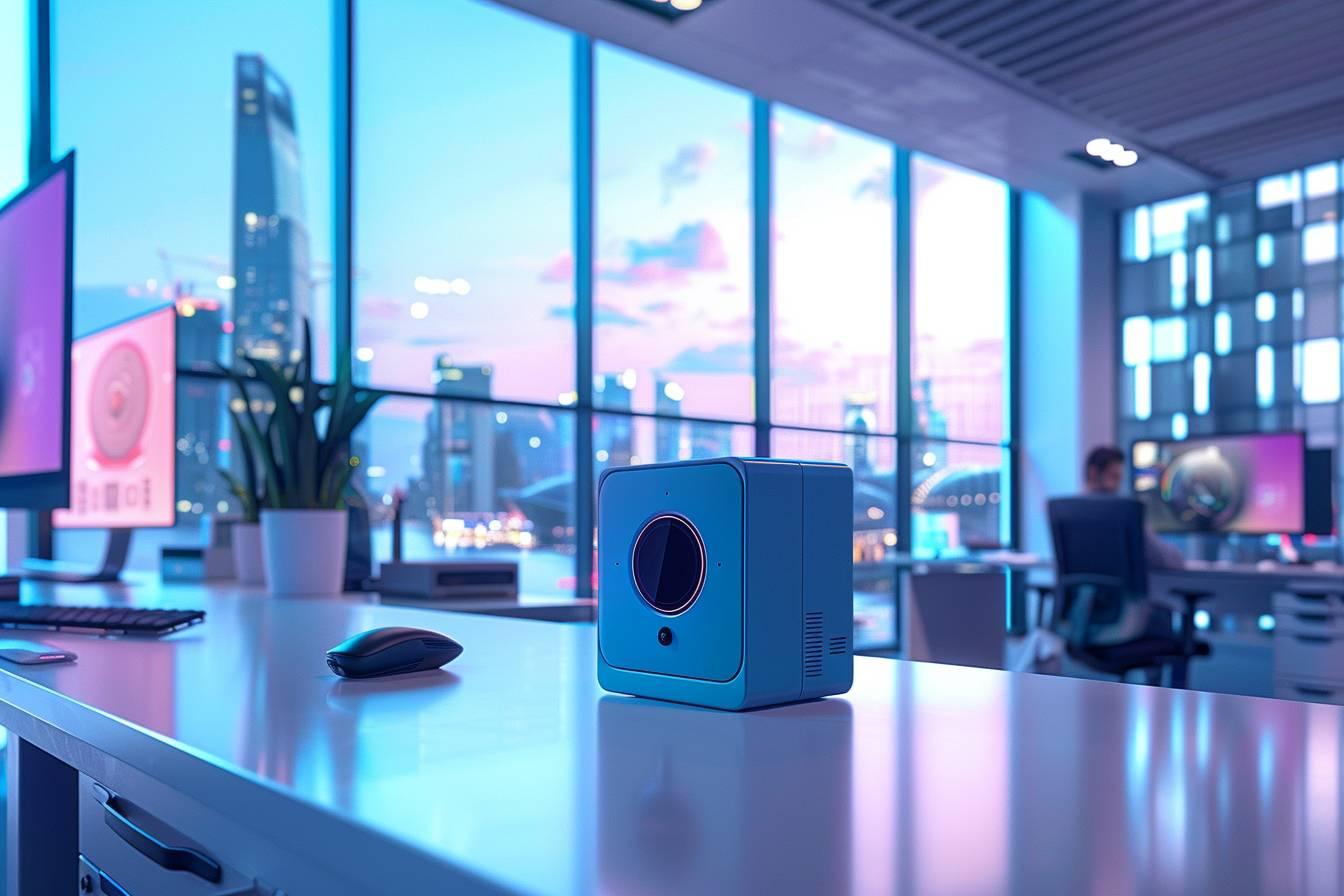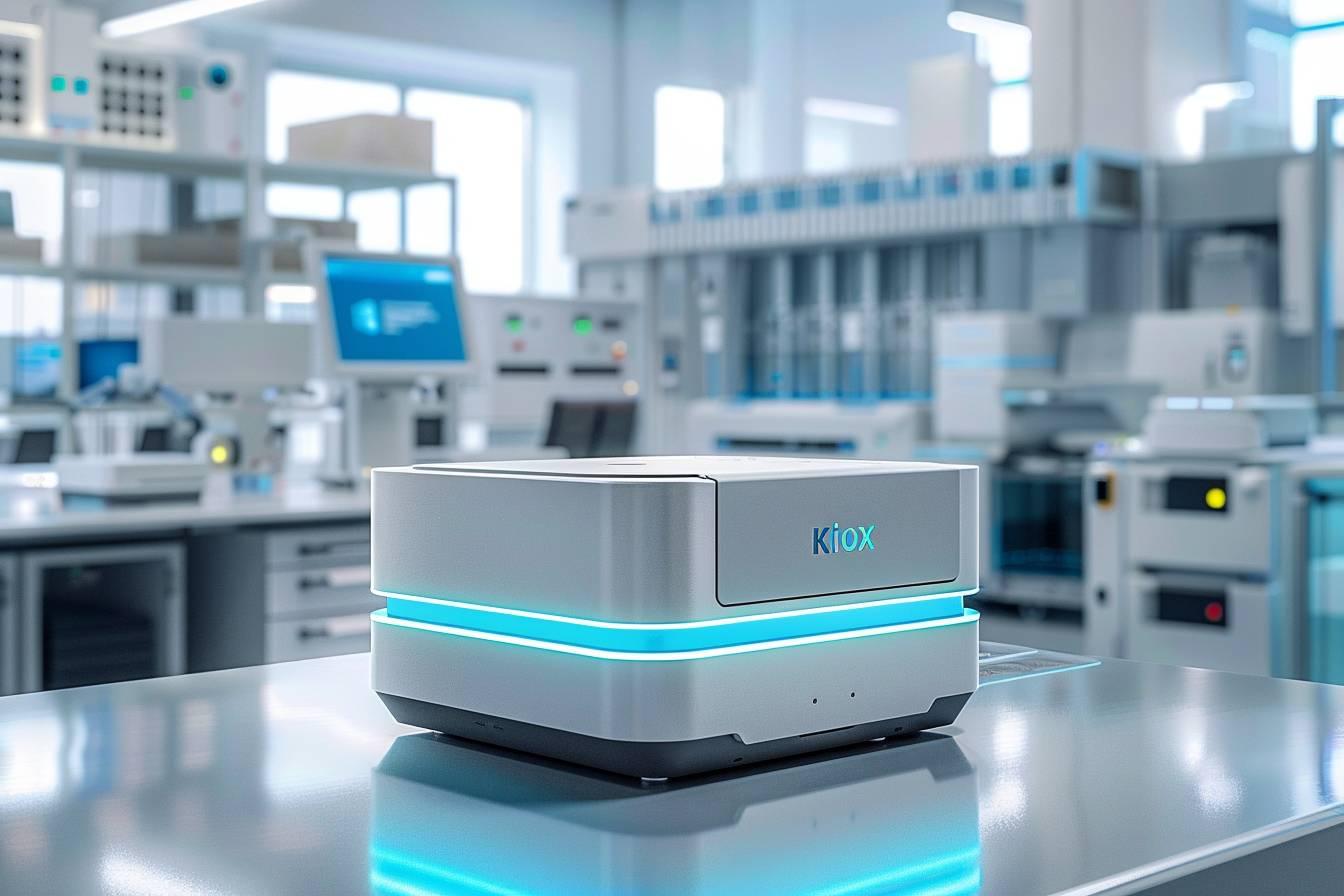The Azure Kinect, an advanced 3D sensor developed by Microsoft, has marked a significant advance in the field of computer vision and artificial intelligence. This sophisticated device has opened up new perspectives for developers and businesses, offering real-time detection and analysis capabilities. Let’s delve into the world of this innovative device and explore its impact on various sectors.
Azure Kinect features and specifications
The Azure Kinect features cutting-edge components designed to deliver an exceptional 3D capture experience. At the heart of this device are:
- 1MP depth camera
- 7 microphone array
- 12MP RGB camera
- IMU (Inertial Measurement Unit)
This combination of technologies enables Azure Kinect to capture precise spatial data and process it efficiently. The depth camera uses Time of Flight (ToF) technology to accurately measure distances and create detailed 3D maps of the environment.
The microphone array, meanwhile, offers advanced voice recognition and sound localization capabilities, broadening the scope of possible applications. The high-resolution RGB camera completes the package, providing high-quality color images essential for many computer vision tasks.
Here’s a summary table of Azure Kinect’s technical specifications:
| Component | Specification |
|---|---|
| Depth camera | 1 MP (Time of Flight) |
| RGB camera | 12 MP CAMERA |
| Microphones | 7 microphone array |
| IMU | Accelerometer and gyroscope |
| Connectivity | USB 3.0 |
These features make Azure Kinect a versatile tool, capable of adapting to a wide range of requirements in terms of artificial perception andhuman-machine interaction.
Industrial applications and use cases
Azure Kinect has found its place in many industrial sectors, offering innovative solutions to a variety of problems. Among the most notable applications are :
- Cashless purchasing systems: In the retail sector, Azure Kinect has enabled the development of automated payment solutions, enhancing the customer experience and optimizing in-store operations.
- Falls detection for the elderly: In the healthcare sector, the sensor has been used to create benevolent monitoring systems, capable of detecting falls and quickly alerting emergency services.
- Robotics and automation: The manufacturing industry has taken advantage of Azure Kinect’s capabilities to improve robot precision and automate complex tasks requiring advanced 3D perception.
- Augmented and virtual reality: Developers have exploited the sensor’s capabilities to create richer, more interactive immersive experiences.
These applications demonstrate the versatility and transformative potential of the Azure Kinect in a variety of fields. Connection to the Azure cloud has facilitated the integration of artificial intelligence, enabling real-time analysis and continuous learning of sensor-based systems.
The impact of the Azure Kinect has been felt far beyond these examples, inspiring innovations in sectors such as security, education and even the performing arts. Its ability to merge the physical and digital worlds has paved the way for new forms of interaction and analysis of our environment.

Evolution and future prospects for Kinect technology
The history of Azure Kinect is marked by significant twists and turns. After an initial halt in 2017, Microsoft relaunched the technology as a device aimed at enterprises. However, four years after its launch, the company has announced the end of Azure Kinect commercialization, scheduled for October 2023 at the latest.
This decision does not, however, mark the end of Kinect technology. Microsoft has adopted a partnership strategy to ensure the continuity and evolution of this revolutionary technology. Collaborations with companies such as Analog Devices and SICK AG have been set up to develop commercial products using Kinect’s 3D Time of Flight depth technology.
The future of Kinect technology lies in :
- Integration into specialized industrial solutions
- Development of new sensors based on ToF technology
- Expanding applications in the Internet of Things (IoT) and Edge Computing
- Continuous improvement of image processing and pattern recognition algorithms
The availability of an open-source SDK for developers testifies to Microsoft’s determination to maintain an active community around this technology. This open approach enables innovators to continue exploring new applications and enhancing existing capabilities.
Although Azure Kinect as a stand-alone product is drawing to a close, its technological legacy continues to influence the development of computer vision and artificial intelligence systems. The lessons learned and advances made with this device will undoubtedly fuel the next generation of 3D sensors and embedded AI solutions.
Technical challenges and practical considerations
The use of Azure Kinect, despite its impressive capabilities, comes with certain technical challenges and practical considerations that are essential to take into account. These aspects are crucial for developers and integrators wishing to exploit the full potential of this advanced 3D sensor.
Among the hardware requirements, Azure Kinect needs :
- a USB 3.0 connection for fast, reliable data transfer
- A GPU capable of efficiently processing depth images
- A controlled operating environment, with an optimum temperature range between 10°C and 25°C
Camera synchronization is a crucial technical aspect, particularly in multi-sensor configurations. It is imperative to synchronize the devices correctly to avoid interference when their fields of view overlap, thus guaranteeing the accuracy of the data captured.
The influence of ambient light, particularly direct sunlight, can affect sensor performance. This sensitivity imposes constraints on operating environments and may require adjustments or additional protection in certain situations.
To optimize the use of Azure Kinect, we recommend :
- Perform regular calibration to maintain measurement accuracy
- Efficiently manage power consumption, particularly in mobile or embedded applications
- Implement filtering and post-processing algorithms to improve 3D data quality
- Consider the implications for data confidentiality and security, especially in applications involving the capture of sensitive information
These challenges underline the importance of a thoughtful approach to Azure Kinect integration. Developers must not only master the technical aspects of the sensor, but also understand the nuances of its use in various contexts. This in-depth understanding is essential to creating robust, reliable solutions based on this cutting-edge technology.


